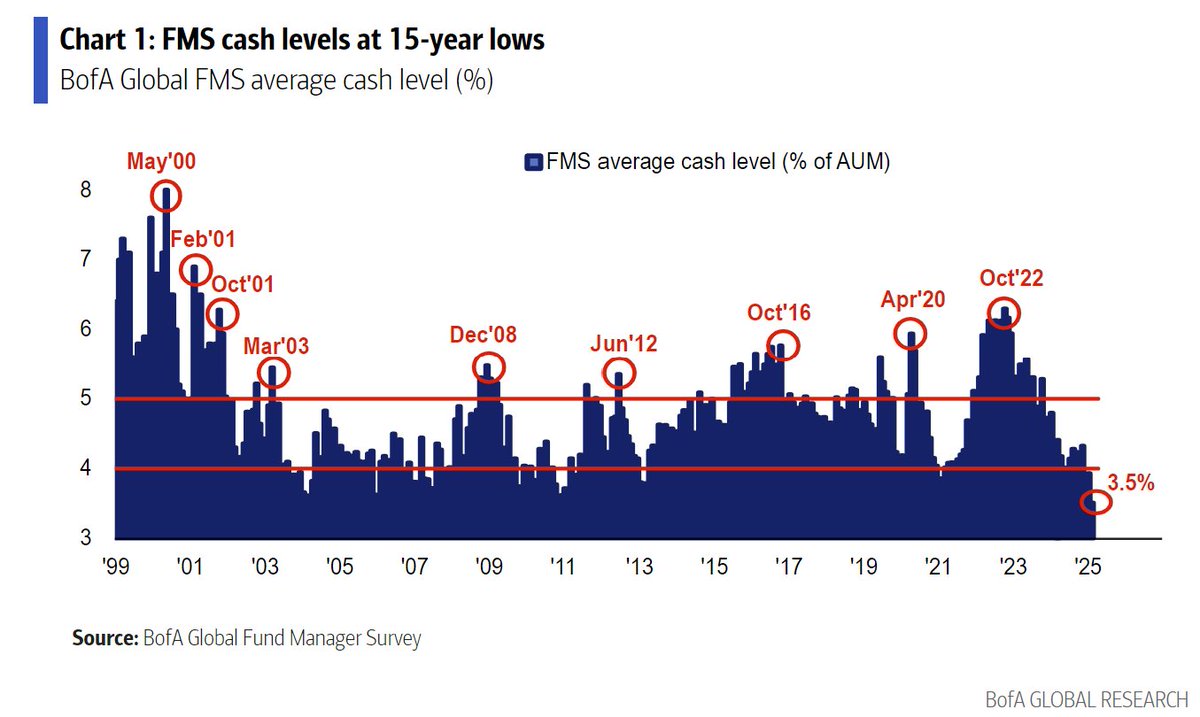The actions, mindset & strategies needed to succeed in achieving the 1% level are not going to be very useful to achieving wealth towards 0.1% or higher.
Some examples down below. 👇🏼
Some examples down below. 👇🏼
• The 1% are attempting to achieve retirement by 65, but the 0.1% are planning how to do it before 30 (many do it by 25).
• The 1% save their way to prosperity very very slowly, while the 0.1% use the abundance mindset so instead of saving they are GROWING their income rapidly
• The 1% save their way to prosperity very very slowly, while the 0.1% use the abundance mindset so instead of saving they are GROWING their income rapidly
• The 1% stay away from debt as their financial advisors call it a “sin”, while the 0.1% leverage OPM (other peoples money) to make their fortune faster & as long as the debt is serviced with income producing assets, the 0.1% want to take on more — not less — debt!
• The 1% focus on investing only via index funds or stock picking with monthly contributions, while the 0.1% are usually not investing in other people’s businesses or idea... but instead creating & executing their own which eventually help them make fortunes at the exit
• As soon as the 1% reaches a millionaire status, which took them almost their whole lifetime, they become very risk averse & scared.
• There is an saying in wealth circles to never get advice from a millionaire as they are very scared & protective they might lose it
• There is an saying in wealth circles to never get advice from a millionaire as they are very scared & protective they might lose it
There is a lot of advice out there on how to achieve financial retirement by the age of 65 or even late 50s.
Work hard, save, invest into index funds, save some more, stay away from debt, live below your means, etc, etc.
This advice is solid, but...
Work hard, save, invest into index funds, save some more, stay away from debt, live below your means, etc, etc.
This advice is solid, but...
Have you noticed there is not a lot of advice on how to make your first $10 million or $50 million?
Why?
Because most people don’t know how to accumulate wealth without the “save + invest until 65” formula.
Why?
Because most people don’t know how to accumulate wealth without the “save + invest until 65” formula.
The things one requires to make a couple of millions by 65, is completely different to that of what it takes to achieve several 10s or 100s of millions.
Different tactics, actions & strategies, a completely new mindset & surrounding yourself with different mastermind.
Different tactics, actions & strategies, a completely new mindset & surrounding yourself with different mastermind.
Finally, when it comes to a thread like this — it is important to state that negative comments usually arise from people who assume that wealth accumulation is linked to greed, instead of being a great challenge.
What you do with money, that is your call.
What you do with money, that is your call.
• • •
Missing some Tweet in this thread? You can try to
force a refresh















